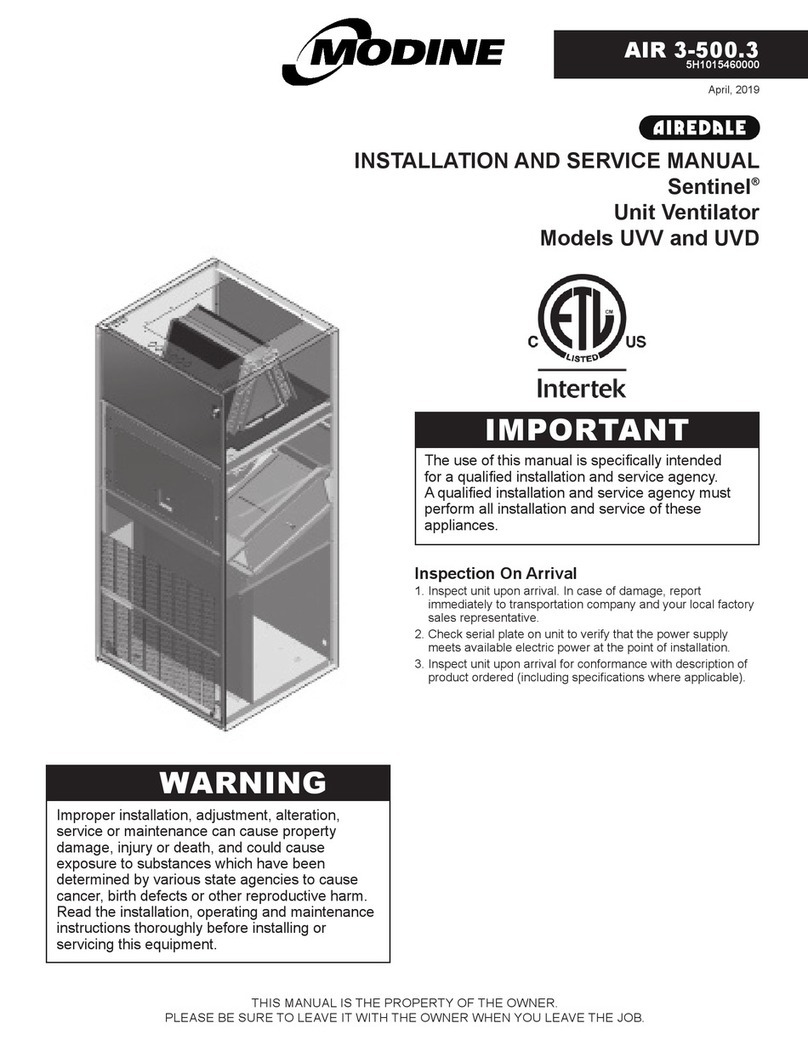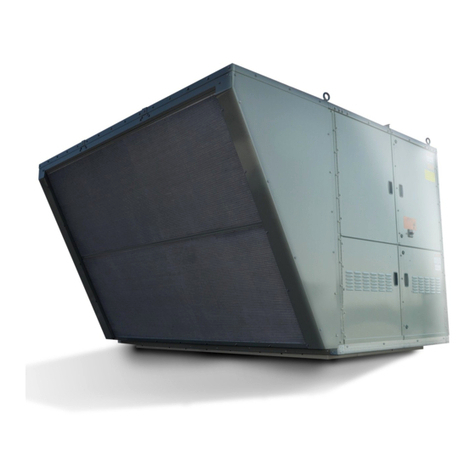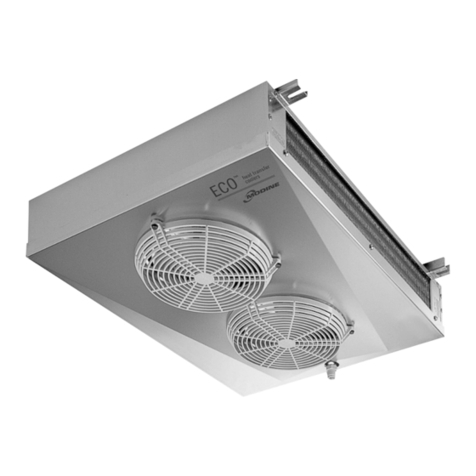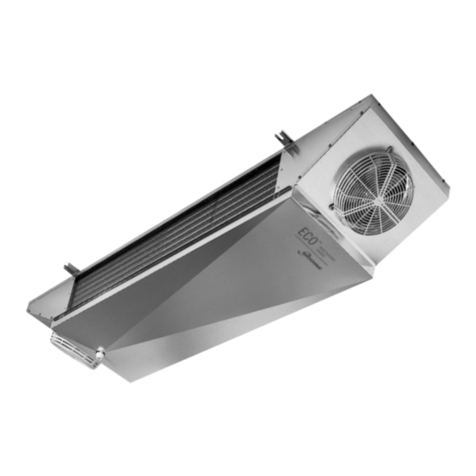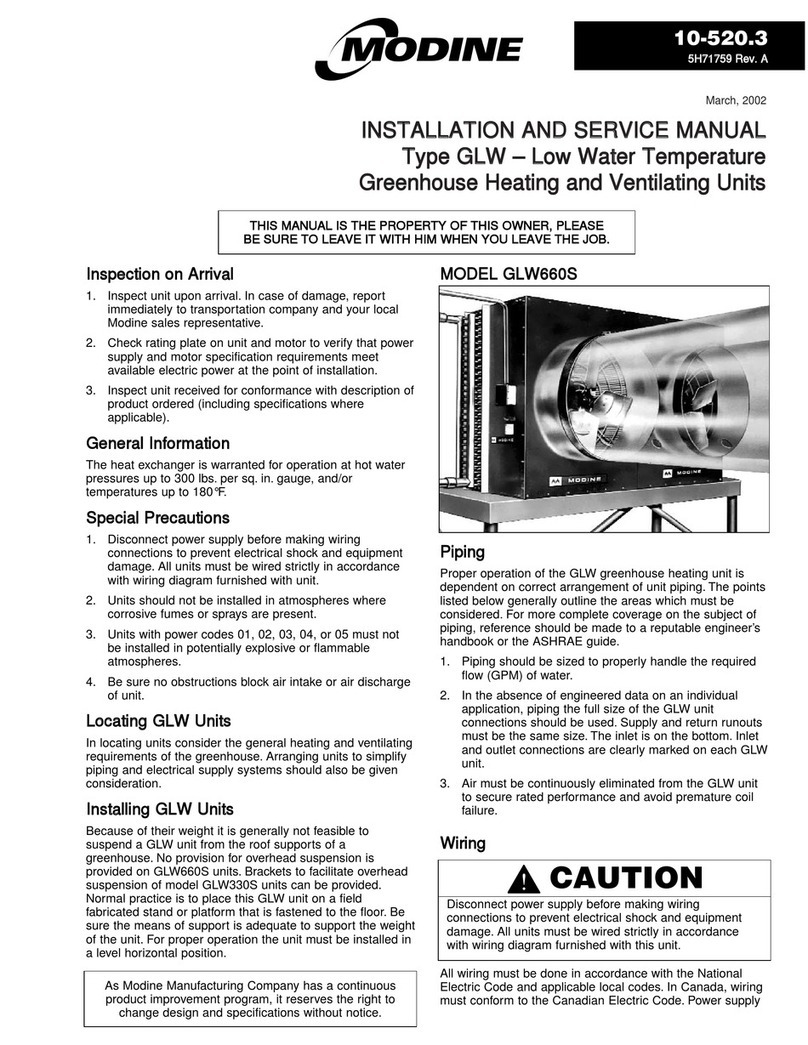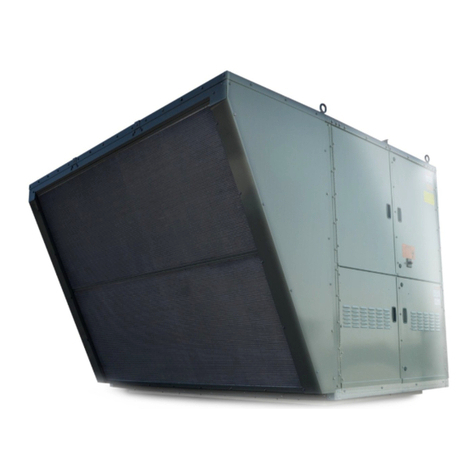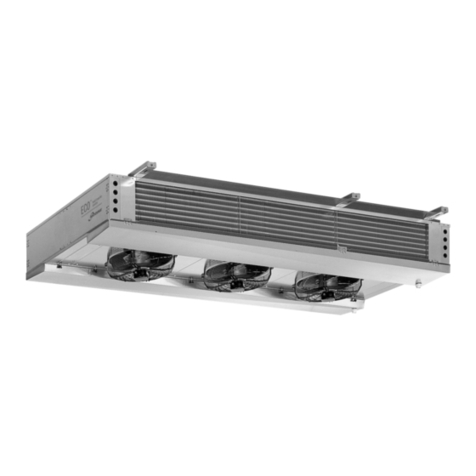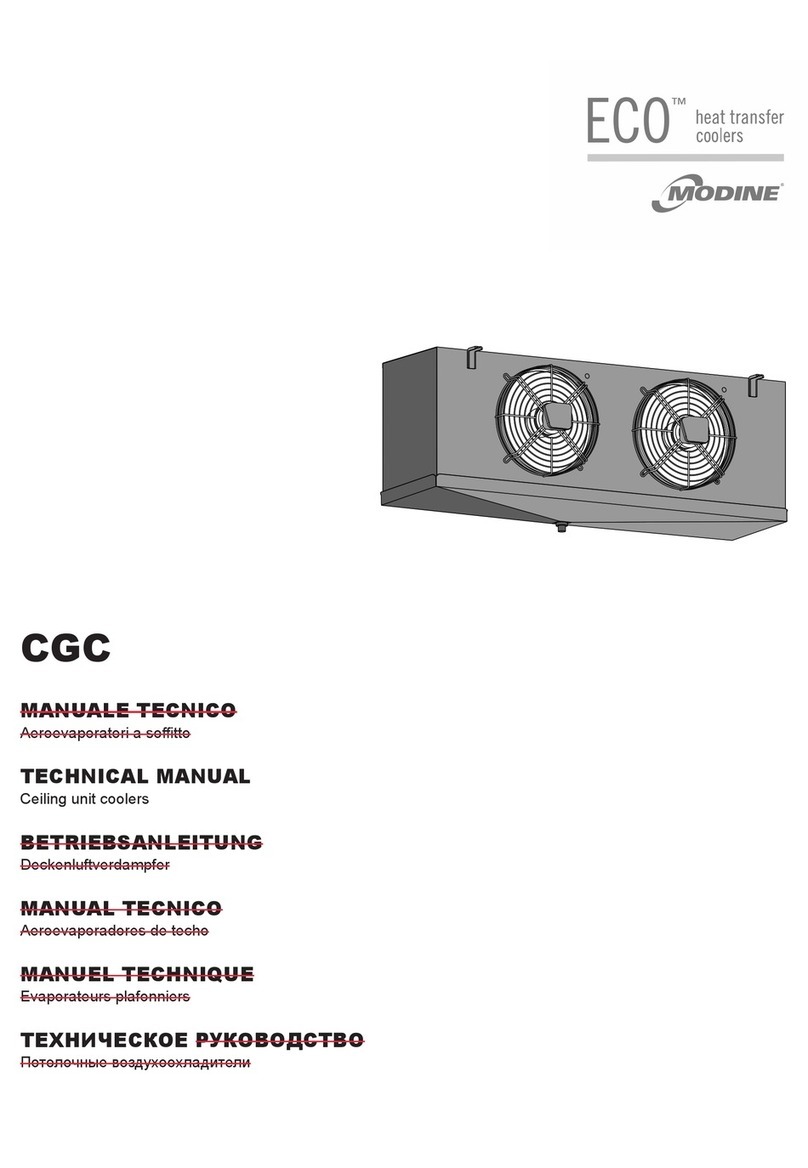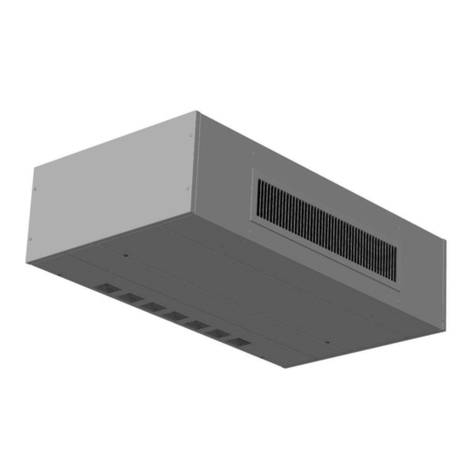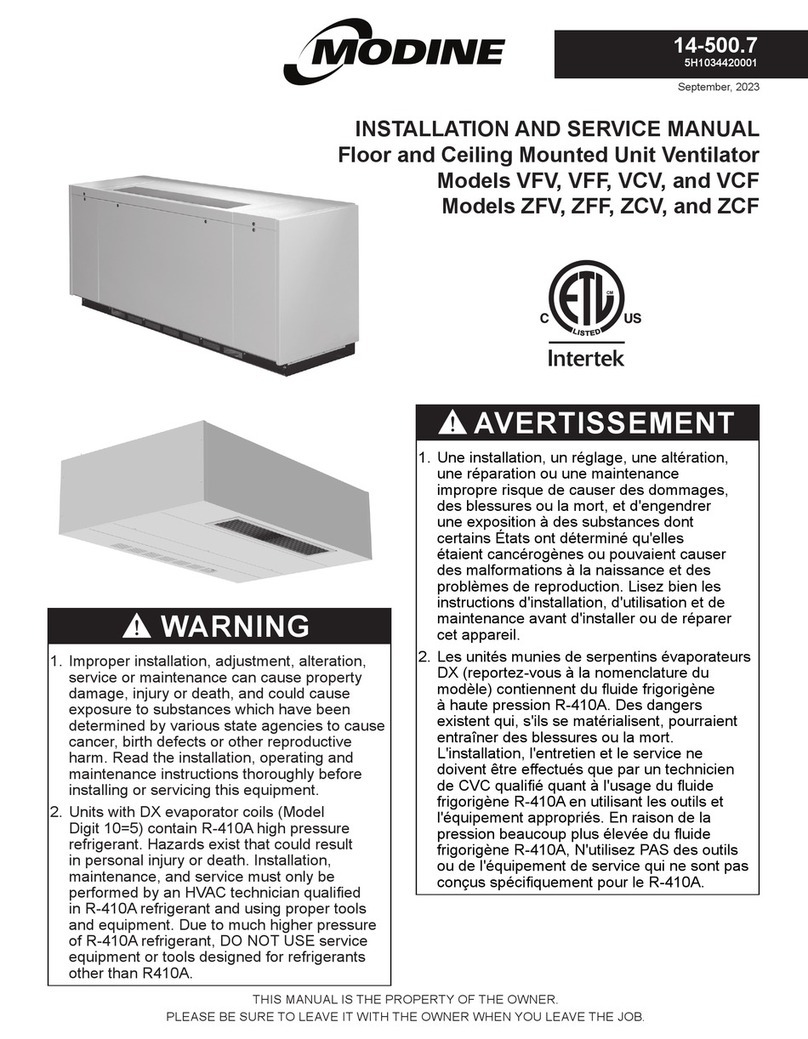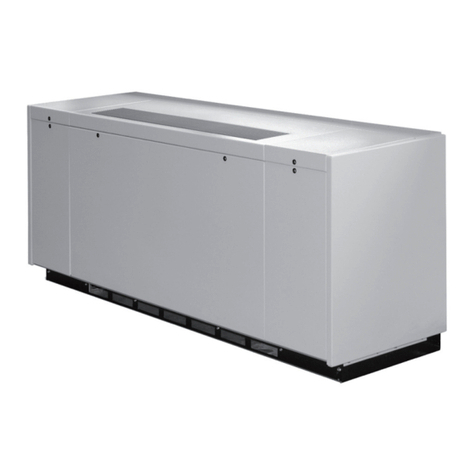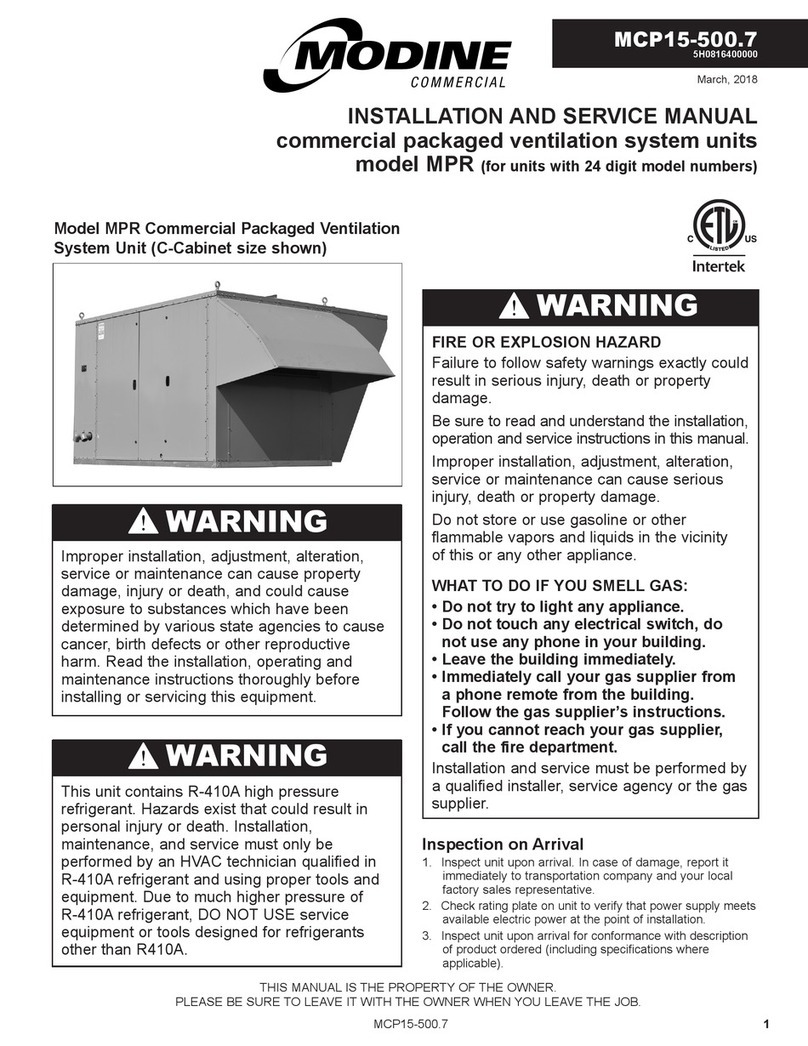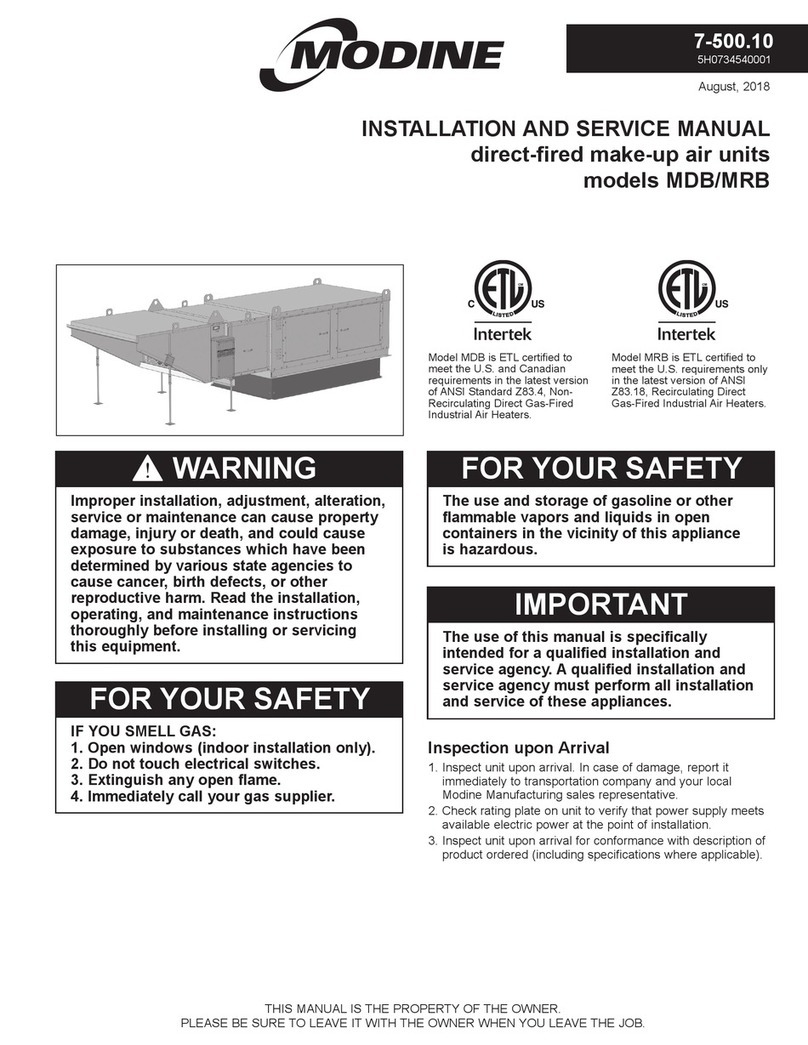
3
8-504.11
SPECIAL PRECAUTIONS
SPECIAL PRECAUTIONS
THE INSTALLATION AND MAINTENANCE INSTRUCTIONS
IN THIS MANUAL MUST BE FOLLOWED TO PROVIDE
SAFE, EFFICIENT, AND TROUBLE-FREE OPERATION. IN
ADDITION, PARTICULAR CARE MUST BE EXERCISED
REGARDING THE SPECIAL PRECAUTIONS LISTED BELOW.
FAILURE TO PROPERLY ADDRESS THESE CRITICAL
AREAS COULD RESULT IN PROPERTY DAMAGE OR LOSS,
PERSONAL INJURY, OR DEATH. THESE INSTRUCTIONS
ARE SUBJECT TO ANY MORE RESTRICTIVE LOCAL OR
NATIONAL CODES.
PRÉCAUTIONS PARTICULIÈRES
LES INSTRUCTIONS D'INSTALLATION ET D'ENTRETIEN DE
CE MANUEL DOIVENT ÊTRE OBSERVÉES POUR ASSURER
UN FONCTIONNEMENT SÉCURITAIRE, EFFICACE ET
FIABLE. DE PLUS, LES PRÉCAUTIONS PARTICULIÈRES CI-
APRÈS DOIVENT ÊTRE RIGOUREUSEMENT RESPECTÉES.
SINON, IL Y AURAIT RISQUE DE DÉGÂTS MATÉRIELS
OU DE PERTE, DE BLESSURE PERSONNELLE OU DE
MORT D'HOMME. CES INSTRUCTIONS SONT SUJETTES
À TOUTE DISPOSITION PLUS RESTRICTIVE DES CODES
PROVINCIAL OU NATIONAL.
HAZARD INTENSITY LEVELS
1. DANGER: Indicates an imminently hazardous situation
which, if not avoided, WILL result in death or serious injury.
2. WARNING: Indicates a potentially hazardous situation
which, if not avoided, COULD result in death or serious
injury.
3. CAUTION: Indicates a potentially hazardous situation
which, if not avoided, MAY result in minor or moderate
injury.
4. IMPORTANT: Indicates a situation which, if not avoided,
MAY result in a potential safety concern.
HIÉRARCHIE DES NIVEAUX DE RISQUES
1. DANGER: Indique un danger imminent qui, s'il n'est pas
évité, entraînera INÉVITABLEMENT des blessures graves,
voire mortelles.
2. AVERTISSEMENT: Indique un danger potentiel qui, s'il
n'est pas évité, RISQUE d'entraîner des blessures graves,
voire mortelles.
3. ATTENTION: Indique un danger potentiel qui, s'il n'est
pas évité, PEUT entraîner des blessures mineures ou
modérées.
4. IMPORTANT: Indique une situation qui, si elle se
matérialise, PEUT entraîner des risques pour la sécurité
des personnes.
DANGER
Appliances must not be installed where they may be exposed
to potentially explosive or ammable atmosphere.
DANGER
Les appareils ne doivent pas être installés à un endroit où ils
risquent d’être exposés à une atmosphère potentiellement
explosive ou inammable.
WARNING
1. Disconnect power supply before making wiring connections
or working on this equipment. Follow all applicable safety
procedures to prevent accidental power up. Failure to do
so can result in injury or death from electrical shock or
moving parts and may cause equipment damage.
2. All appliances must be wired strictly in accordance with
the wiring diagram furnished with the appliance. Any wiring
dierent from the wiring diagram could result in a hazard to
persons and property.
3. Any original factory wiring that requires replacement must
be replaced with wiring material having a temperature
rating of at least 221°F (105°C).
4. Ensure that the supply voltage to the appliance, as
indicated on the serial plate, is not 5% greater than rated
voltage.
5. When servicing or repairing this equipment, use only
factory-approved service replacement parts. Refer to
the rating plate on the appliance for complete appliance
model number, serial number, and company address. Any
substitution of parts or controls not approved by the factory
will be at the owner’s risk.
AVERTISSEMENT
1. Débranchez l’alimentation électrique avant d’eectuer
des connexions ou de travailler sur l’appareil. Respectez
toutes les procédures de sécurité qui s’appliquent pour
éviter toute mise en marche accidentelle. Le non-respect
de cette directive peut entraîner des blessures ou la mort
causées par un choc électrique ou des pièces mobiles, en
plus d’endommager l’appareil.
2. Tous les appareils doivent être branchés de manière
strictement conforme au diagramme fourni. Tout câblage
diérent de celui du schéma peut créer des risques de
dommages matériels ou de blessures.
3. Tout câblage usine d’origine exigeant un remplacement
doit être remplacé par un câble d’indice thermique nominal
de 221 °F (105 °C).
4. Assurez-vous que la tension d’alimentation de l’appareil,
comme indiqué sur la plaque de série, n’est pas de 5 %
supérieure à la tension nominale.
5. Pour l’entretien et les réparations de cet appareil, utilisez
uniquement des pièces d’origine certiées. Pour la liste
complete des pièces de rechange, consultez Modine
Manufacturing Company. Le numéro de modèle complet,
le numéro de série et l’adresse du fabricant gurent sur la
plaque signalétique xée à l’appareil. Toute substitution de
pièce ou decommande non approuvée par le fabricant sera
aux risques du propriétaire.
